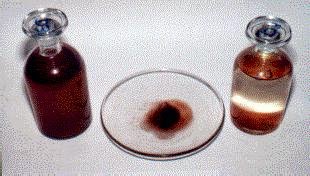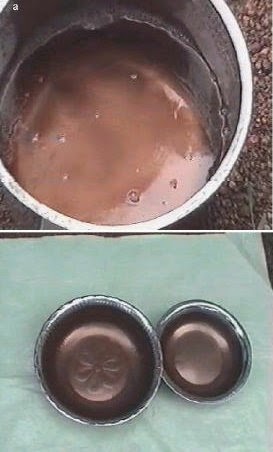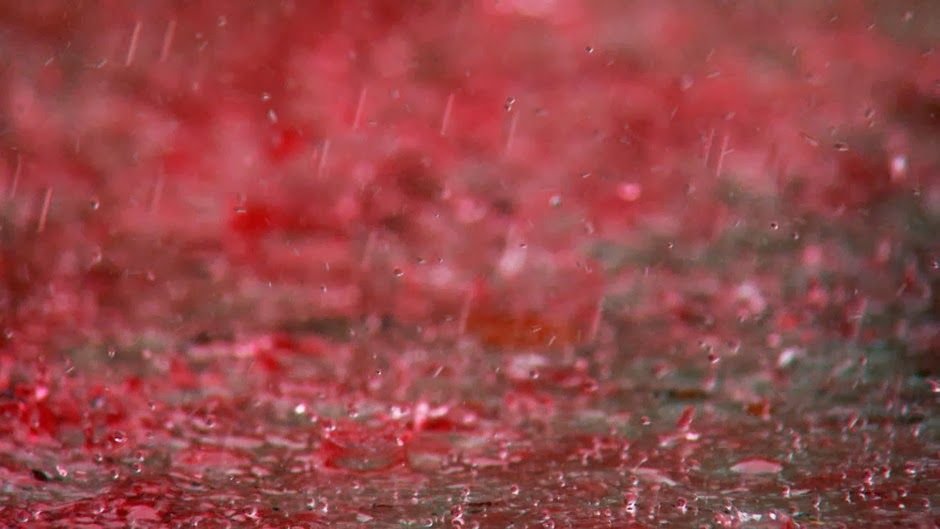The Kerala red rain phenomenon was a blood rain (red rain) event that occurred from 25 July to 23 September 2001, when heavy downpours of red-coloured rain fell sporadically on the southern Indian state of Kerala, staining clothes pink. Yellow, green, and black rain was also reported. Coloured rain was also reported in Kerala in 1896 and several times since,most recently in June 2012.
After intense analysis at two labs in the UK, Astronomer Chandra Wickramasinghe who studied the cells with microbiologists at Cardiff University says that “As the days pass, I’m getting more and more convinced that these are exceedingly unusual biological cells. The Red Rain cells of 2001 multiply under extreme heat and were found not to contain DNA.“
In 2001, numerous people observed red rain falling over Kerala in the southern tip of India during a two month period. One of them was Godfrey Louis, a physicist at nearby Cochin University of Science and Technology. Intrigued by this phenomena, Louis collected numerous samples of red rain, determined to find out what was causing the contamination, perhaps sand or dust from some distant desert.

Under a microscope, however, he found no evidence of sand or dust. Instead, the rain water was filled with red cells that look remarkably like conventional bugs on Earth. What was strange was that Louis found no evidence of DNA in these cells which would rule out most kinds of known biological cells (red blood cells are one possibility but ought to be destroyed quickly by rain water).
Louis published his results in the peer-reviewed journal Astrophysics and Space in 2006, along with the tentative suggestion that the cells could be extraterrestrial, perhaps from a comet that had disintegrated in the upper atmosphere and then seeded clouds as the cells floated down to Earth. In fact, Louis says there were reports in the region of a sonic boom-type noise at the time, which could have been caused by the disintegration of an object in the upper atmosphere.
 Since then, Louis has continued to study the cells with an international team including Chandra Wickramasinghe from the University of Cardiff in the UK and one of the leading proponents of the panspermia theory, which he developed in the latter half of the 20th century with the remarkable physicist Fred Hoyle.
Since then, Louis has continued to study the cells with an international team including Chandra Wickramasinghe from the University of Cardiff in the UK and one of the leading proponents of the panspermia theory, which he developed in the latter half of the 20th century with the remarkable physicist Fred Hoyle.
Panspermia is the idea championed by physicist Fred Hoyle that life exists throughout the universe in comets, asteroids and interstellar dust clouds and that life of Earth was seeded from one or more of these sources.
This is an extraordinary claim that will need to be independently verified before it will be more broadly accepted. It would be fair to say that more evidence will be required before Kerala’s red rain can be satisfactorily explained. In the meantime, it looks a fascinating mystery.




DNA has been found in the red rain material since. i think it conclusively proves that DNA was “seeded” on earth from outer space.
http://mic.sgmjournals.org/content/159/Pt_1/107.full